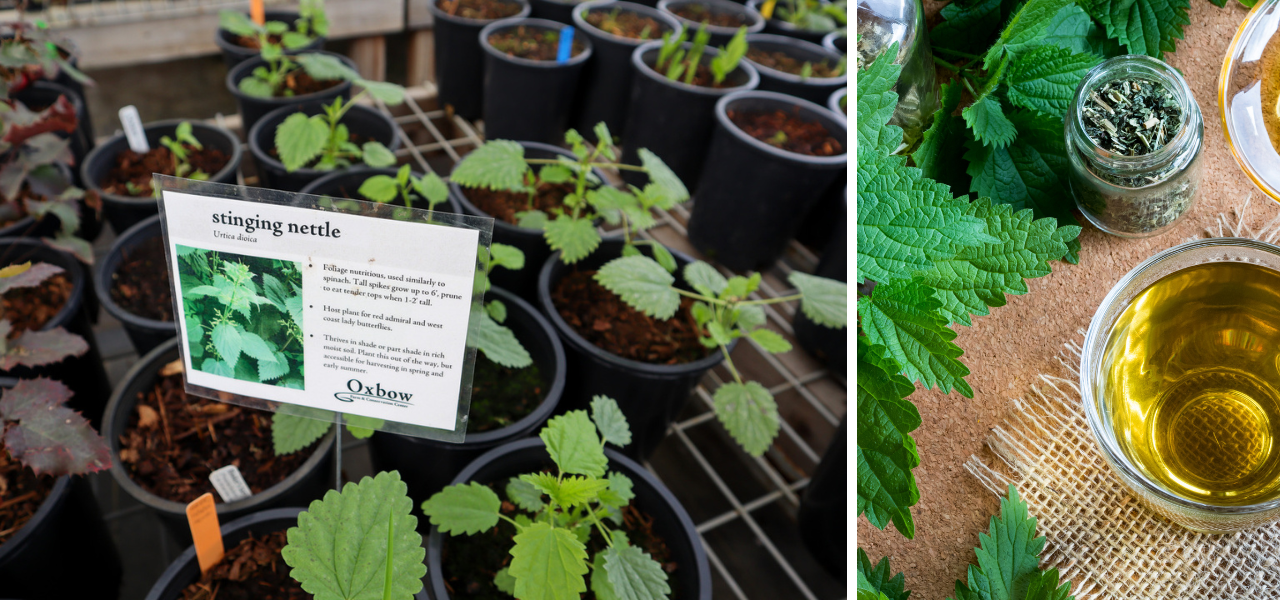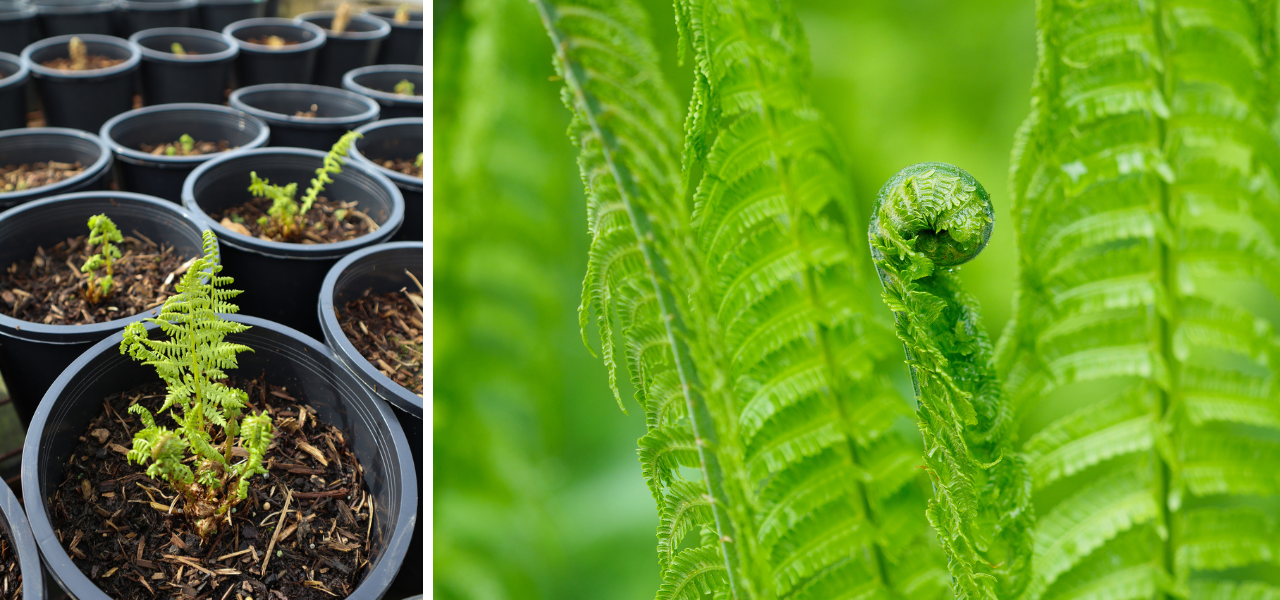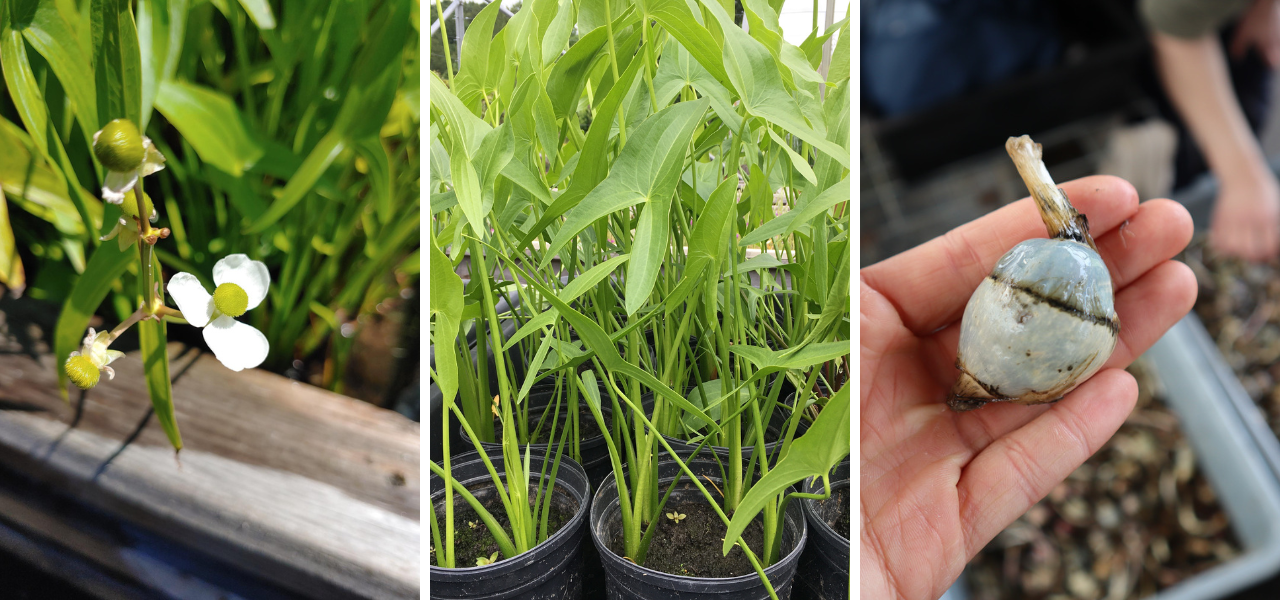Unexpectedly Edible Native Plants
Our favorite way to eat salmonberries is right off of the plant, by the handful. Their bright blend of sweetness and tartness embodies summer in the Pacific Northwest, and when we nourish ourselves with them, we too embody this time and place. It’s magical and life-giving. When we eat directly from the Earth, our interconnectedness to the landscape is clear and joyful. We’re able to recognize our relationship with the ecosystem at a primal level. We physically and emotionally integrate the wisdom and vitality of the plants we eat, whether we’re conscious of the transformation or not.
The Pacific Northwest is the home of many wild edibles we know and love including salmonberry, nodding onion, camas, Oregon grape, red huckleberry, beach strawberries, and many others. We encourage you to consider these mindful foraging practices when collecting them from wild spaces. But we also encourage you to grow your own native plants if you have the opportunity!
In addition to the list above, here’s 3 unexpectedly edible native plants you can forage or grow at home—all of which are grown from locally-sourced seed in our Native Plant Nursery, and will be available for purchase at our upcoming Spring Native Plant Sale, Saturday, April 29.
Stinging Nettle (Urtica dioica)
Despite its bad reputation for stinging, sometimes blistering unsuspecting hikers who brush up against it, stinging nettle is arguably one of the most nutritional wild edibles out there.

Common Names:
Indian Spinach, Northwest Nettle
Family:
Urticaceae
Habitat:
Edges of clearings and old fields, damp roadside thickets, moist forest floors, usually growing in large patches. Easy to grow in containers.
Height:
3-6’
Edibility:
Native Indigenous peoples have gathered stinging nettles since time immemorial. They can be used medicinally, ceremonially and as a highly nutritious food source. Roots, seeds, stems, and young leaves are all edible. Generally, harvesters of stinging nettle gather young shoots just as they appear from the ground, then boil and eat them just as we eat spinach. The stinging properties disappear with cooking. Like many vegetable greens, nettles are slightly bitter. A half-cup serving of blanched or cooked nettles is a good source of fiber that promotes good digestion. Nettles also contain calcium and manganese, which promote bone health. Lutein and zeaxanthin found in nettles contribute to better vision and eye health as we age. Nettles are commonly used in soups, seasoning, teas and pesto. After proper preparation, substitute nettle leaves in almost any recipe that uses spinach or kale as an ingredient. You can preserve nettles for future use by freezing or drying them.
Additional Notes:
- Stinging nettles provide important habitat and food for wildlife. Some butterflies lay their eggs on the undersides of nettle leaves. Once the eggs hatch, the larvae feed on the leaves of the nettle plant.
- In many Indigenous cultures, the sting is considered a gracious reminder to always be aware and to pay attention to our surroundings.
Further Reading:
- “How a Cup of Nettle Tea Taught Me How to Live Well and Remember the Past” | Valerie Segrest
- Nettle chips song and cooking instructions | Alexis Nikole, AKA Black Forager
- Growing Stinging Nettles in Containers | I Dig Organics\
Lady Fern (Athyrium filix-femina)
Lady ferns make great “edimentals” or edible ornamental plants. They’ll come back year after year, and you’ll be able to harvest fiddles without leaving your yard.

Family:
Dryopteridaceae
Habitat:
Damp, shady places, from shaded forest to open marsh; frequently found in association with skunk cabbage
Height:
2’
Edibility:
Native Squamish and Coast Salish peoples steamed and ate the young “fiddlehead” fronds. Fiddleheads appear in spring as the plant’s furled stage, poking up through soil. Often, this furled stage only lasts a few days, leaving a very small harvesting window. When cooked properly, it has a taste that has been compared to a mix of green beans, artichoke, and asparagus. But be sure to cook them, you can get sick if you eat them raw or don’t cook them long enough. A common cooking method is to boil the fiddleheads in water for about five to seven minutes or steam for ten to twelve minutes. Then sauté lightly in butter or olive oil. Season with salt and pepper!
Additional Resources:
- Guide to foraging and cooking lady fern fiddleheads in the Pacific Northwest | Nerding for Nature
- Crisp Fiddlehead Pickles | Forager/Chef
- How to Grow and Car for Lady Ferns | The Spruce
Wapato (Sagittaria latifolia)
Wapato is an aquatic plant popular in ornamental water gardens with tuberous roots that can be eaten like potatoes.

Family:
Alismataceae (water-plantains)
Common Names:
Arrowhead, Duck Potato, Wapato. Arrowleaf, Indian Swamp Potato
Habitat:
Wholly or partially submerged in water at the edges of lakes, ponds, streams, or in wet mud
Height:
Up to 3’
Edibility:
Wapato were once a staple of Native peoples including the Squamish, Coast Salish, and Chinook. The tubers were also widely traded from harvesting centers to neighboring areas. Katzie families from the area now known as the Lower Fraser Valley region of British Columbia, Canada, owned large patches of the plant and clearing the patches claimed ownership. Family groups would camp beside their claimed harvesting sites for a month or more.
Tubers have a savory, nutty, slightly earthy flavor. They can be cooked like potatoes and are quite delicious when roasted with sunchokes and olive oil and tossed with fresh watercress.
Additional Resources:
References:
Washington Native Plant Society
California Native Plant Society Calscape
United States Department of Agriculture
One Green Planet
The Lily Pad Bulb Farm
Oregon State University Extension Service
Food Plants of Coastal First Peoples by Nancy J. Turner
